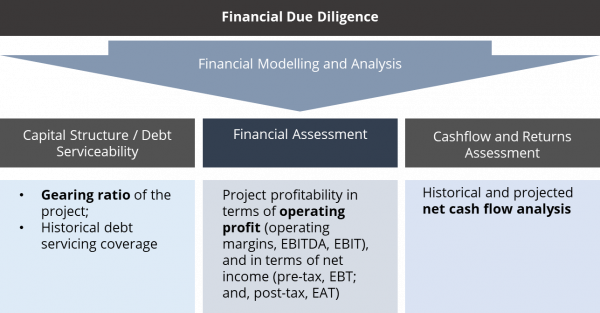Unlocking Financial Flexibility: Understanding Loans and Lines of Credit
#### Loans and Lines of CreditIn today's financial landscape, understanding the nuances of loans and lines of credit is essential for individuals and busine……
#### Loans and Lines of Credit
In today's financial landscape, understanding the nuances of loans and lines of credit is essential for individuals and businesses alike. Both financial products offer unique advantages and cater to different needs, making it crucial to know when and how to utilize them effectively.
#### What Are Loans?
A loan is a fixed amount of money borrowed from a lender that must be repaid over a specified period, usually with interest. Loans come in various forms, including personal loans, auto loans, mortgages, and student loans. Each type serves a specific purpose and has its terms and conditions. For instance, a mortgage is designed for purchasing real estate, while a personal loan can be used for various expenses, such as medical bills or home improvements.
#### Understanding Lines of Credit

On the other hand, a line of credit is a more flexible borrowing option. It allows individuals or businesses to borrow money up to a predetermined limit. Unlike a traditional loan, where you receive a lump sum, a line of credit enables you to withdraw funds as needed, only paying interest on the amount you use. This makes it an excellent option for managing cash flow, covering unexpected expenses, or funding ongoing projects.
#### Key Differences Between Loans and Lines of Credit
One of the primary differences between loans and lines of credit is how they are disbursed and repaid. With a loan, you receive a lump sum upfront and make fixed monthly payments until the loan is paid off. In contrast, a line of credit offers more flexibility, allowing you to draw and repay funds repeatedly within the credit limit.
Another significant difference lies in interest rates. Loans typically have fixed interest rates, meaning your payment amount remains constant throughout the loan term. Conversely, lines of credit often come with variable interest rates, which can fluctuate based on market conditions, potentially impacting your repayment amounts.

#### When to Use Loans vs. Lines of Credit
Choosing between loans and lines of credit depends on your financial needs and circumstances. If you require a specific amount for a one-time expense, such as buying a car or financing a home renovation, a loan may be the better option. It provides a clear repayment plan and predictable monthly payments.
Conversely, if you need ongoing access to funds for fluctuating expenses, a line of credit may be more suitable. This option is particularly beneficial for businesses that experience seasonal income variations or individuals who want to maintain a safety net for emergencies.
#### Conclusion

In summary, both loans and lines of credit have their unique benefits and are designed to meet different financial needs. Understanding these differences is crucial for making informed borrowing decisions. Whether you opt for a loan or a line of credit, it's essential to assess your financial situation, repayment ability, and the purpose of the funds to ensure you choose the right option for your circumstances. By doing so, you can unlock financial flexibility and make the most of your borrowing experience.